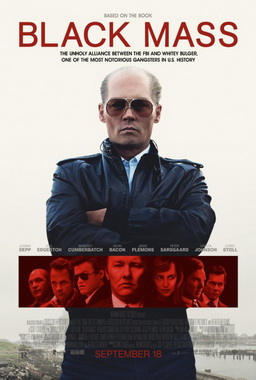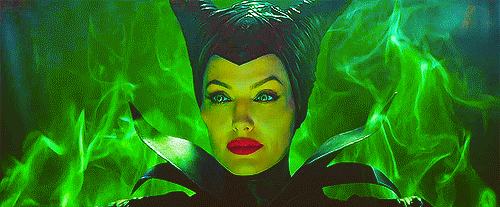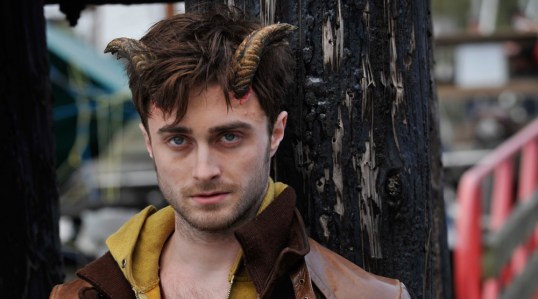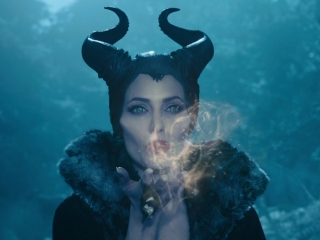Oh, Steven Soderbergh.
Seriously, I know that everyone in the world is always going on about how brilliant he is but I have to admit that I always approach his film with a bit of trepidation.
I mean, yes, Soderbergh can be brilliant. He’s made some legitimately great films, some of the best that I’ve seen. The Informer! holds up brilliantly. So does Traffic and The Girlfriend Experience. Even a film like Logan Lucky remains amusing on a second viewing.
And yet, at the same time, he can be one of the most annoyingly pretentious directors around. Contagion was a raging bore and, with Haywire, Soderbergh squandered the potential of Gina Carano. Che started out strong before turning into a dull Marxist tract. With the exception of Out of Sight, his friendship with George Clooney always seems to bring out the worst instincts in both men. And don’t even start with me about the Ocean’s films. Have you tried to rewatch any of them lately?
Whenever I start a new Soderbergh film, I find myself wondering which Stephen Soderbergh am I going to get. Am I going to get the Soderbergh who is a crafty storyteller and a good director of actors? Or am I going to get the pretentious Soderbergh who always seems to think that he’s doing all of us favor by lowering himself to make a genre film?
With Unsane, which was released way back in March, I got both.
Claire Foy plays Sawyer Valentini. A year ago, Sawyer was working at a hospice when the son of one of her patients became obsessed with and started stalking her. Fearing for her life and realizing that the police weren’t going to be much help, Sawyer moved away from home and tried to restart her life.
Seeking help for dealing with her trauma, Sawyer makes an appointment with a counselor at the Highland Creek Behavioral Center. What she doesn’t realize is that Highland Creek is a scam. The papers that she signed at her appointment allow her therapist to hold her for a 24-hour evaluation. When Sawyer resists and attempts to call the police, her stay is extended by seven more days. Every time that Sawyer demands to be released, she’s judged to be a threat to herself and others and more days are added to her stay. As another patient explains it, Highland Creek basically holds onto its patients until their insurance runs out.
If that wasn’t bad enough, things get worse when Sawyer meets the new orderly (Joshua Leonard). He says that his name is George Shaw but Sawyer swears that he’s David, the man who has been stalking her. Of course, no one listens to her when she tries to tell them. After all, she voluntarily committed herself to Highland Creek….
Unsane received a lot of attention because Soderbergh shot the film in secret with an iPhone. The end results of Soderbergh’s experiment were mixed. At its best, this technique gives the film a gritty look and it visually captures the shaky state of Sawyer’s sanity. At its worse, it’s a distraction that leaves you feeling that you’re supposed to be more impressed by how Soderbergh made the film than by the story being told.
Fortunately, Soderbergh gets two wonderful performances from Claire Foy and the reliably creepy Joshua Leonard. Foy brings just the right combination of fragility and strength to the role of Sawyer and she gives such an empathetic performance that you get involved in her story even if Soderbergh’s style is often distracting. As for Leonard, you’ll recognize him as soon as you see him. He’s a character actor who specializes in playing off-balance people and he’s memorably menacing in this film.
I probably would have liked Unsane more if I didn’t always have the feeling that the movie was mostly made so that Soderbergh could show off. Whenever I see one of Soderbergh’s “genre” films, I get the feeling that he’s looking down on the material and that my reaction is supposed to be one of, “Soderbergh’s such a genius that he can even make crap like this entertaining!” (You get the feeling that Soderbergh might be willing to make a B-movie but he’d never be caught dead actually watching one.) That said, regardless of the motives behind it, Unsane was actually an effective and twisty psychological thriller.
If nothing else, it was better than Haywire….













